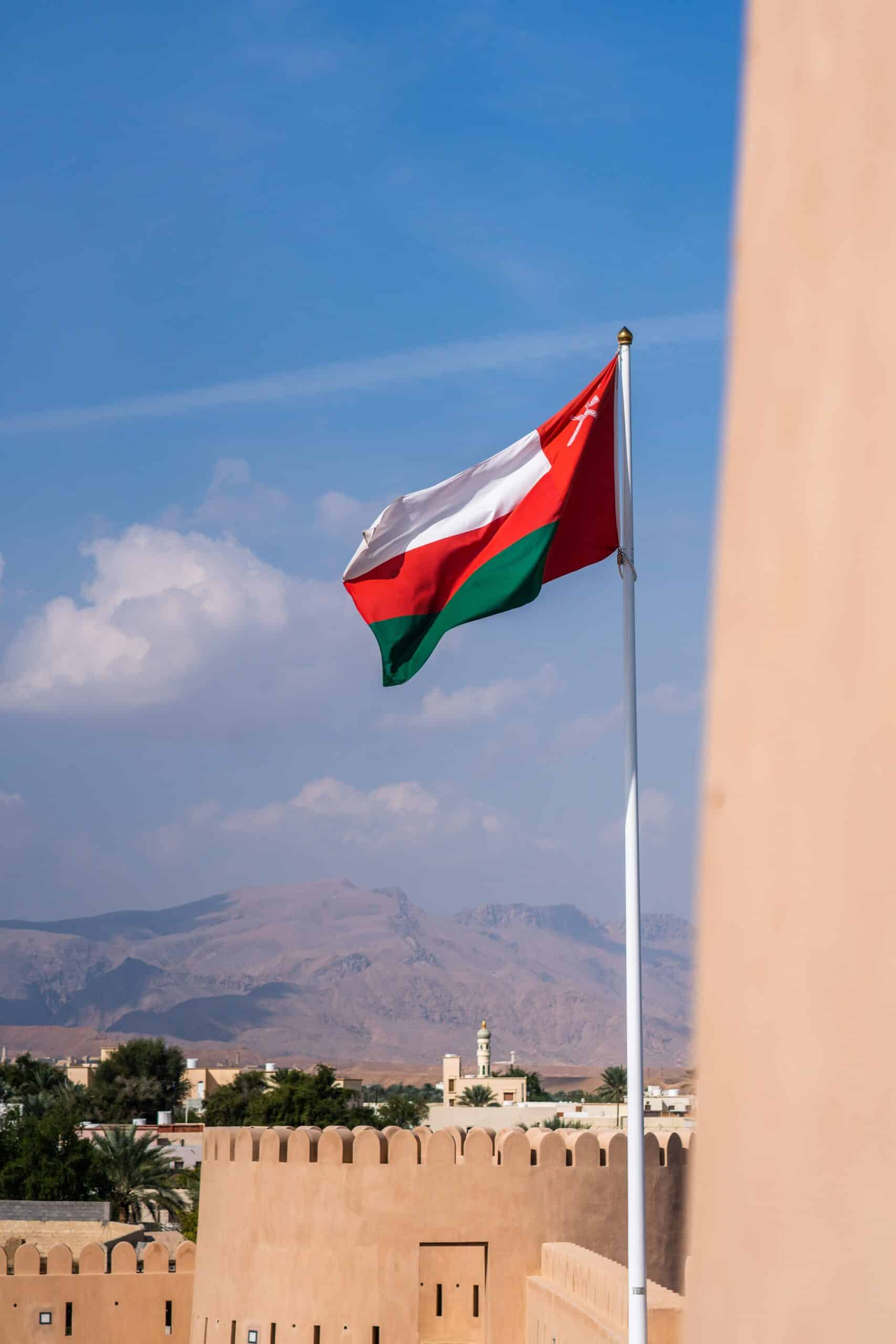Oman is planning to phase out fuel-operated vehicles and have 79 per cent of the country’s vehicles powered by electricity by 2035 as part of its commitment to achieve net-zero emissions by 2050. The announcement regarding fuel vehicles in Oman was made during the Ministry of Transport, Communications and Information Technology’s annual media meeting on Wednesday. H E Said bin Hamoud bin Said al Ma’awali, Minister of Transport, Communications and Information Technology, said that the ministry is working with car dealers to ensure that the country reaches the target by 2035.
Other measures being taken other than Fuel vehicles in Oman
The ministry is also addressing the issue of traffic congestion in the capital city, Muscat. Al Ma’awali revealed that three alternative routes have been identified to solve the problem: Nakhl-Bidbid, Seeb-Bidbid and Amerat-Dima Wa al Taien. The ministry is currently designing the roads and estimates that the cost of constructing new roads, maintenance and repairing roads damaged due to climatic conditions will be more than RO1bn ($2.6bn) in 2023.
Tunnel-based road projects are not feasible in Oman, according to the minister. The cost of operating the tunnels on Sharqiyah Expressway ranges between RO30,000 and RO40,000 per month. The Dibba-Lima-Khasab road will be awarded after completion of technical analysis submitted by five companies before the end of March.
In 2022, tenders worth RO230mn were awarded and eight strategic projects are set to begin and end this year. The ministry aims to improve import and export through Omani ports by increasing the movement of goods by no less than seven per cent annually, increasing container traffic by five per cent, and improving transport and logistics indicators, road quality, and efficiency of port services.
“We are working on digitising more than 200 government services, implementing more than five projects for the National Centre for AI and Advanced Technologies, and training more than 2,000 people as part of the ‘Makeen’ initiative to improve digital competencies,” said Al Ma’awali.
Oman net-zero emissions
Oman has committed to reach net-zero emissions by 2050 in line with the Paris Agreement objective of limiting global warming to 1.5°C. Oman is the third Middle East oil and gas producer to make a net-zero pledge after Saudi Arabia and the United Arab Emirates. The latest announcement regarding fuel vehicles in Oman is in line with similar pledges around the world.
The energy ministry also announced the formation of Hydrogen Oman (Hydrom) — a subsidiary of state-owned Energy Development Oman (EDO — previously known as Petroleum Development Oman). The ministry unveiled a Green Hydrogen Strategy, and the country is targeting $140bn of investment in the green hydrogen industry with the aim of producing 1 million tons of it annually by 2030.
Image Credit: Silas Baisch on Unsplash



















